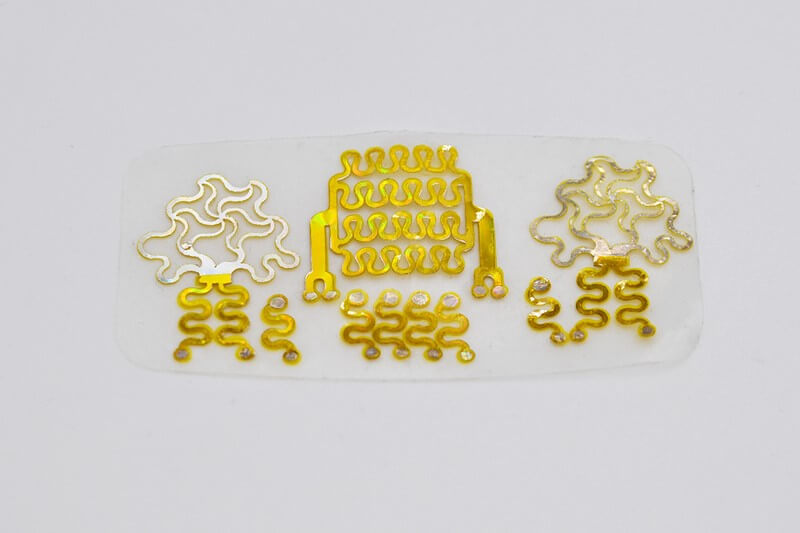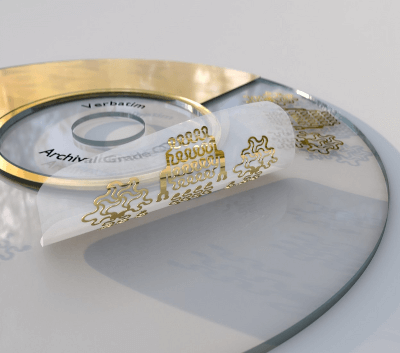By : Franyi Sarmiento, Ph.D., Inspenet, July 28, 2022
Researchers Matthew Brown and Ahyeon Koh, from Binghamton University (State University of New York) in the United States, have devised and demonstrated a method for separating the thin metallic layer of a gold CD from the rigid plastic substrate and using the metallic film to form flexible biosensors.
These sensors are capable of monitoring through the skin the electrical activity in human hearts and muscles, as well as the pH and levels of lactate, glucose and oxygen. In addition, they can communicate with a smartphone via Bluetooth.
Manufacturing takes 20 to 30 minutes without releasing toxic chemicals or requiring expensive equipment, and costs about $1.50 per device.

The next step in this line of research and development will be to explore the possibilities offered by silver CDs for recycling of the same type as that applicable to gold CDs. In addition, there are plans to streamline the CD-to-sensor conversion process by using lasers instead of a mechanical step in the process.
This research was published by Brown, Koh, and colleagues in the academic journal Nature Communications, under the title “Upcycling Compact Discs for Flexible and Stretchable Bioelectronic Applications.”
This Amazings NCYT portal material has been edited for clarity, style, and length.
Amazings NCYT source : https://noticiasdelaciencia.com/art/44710/aprovechar-cds-dorados-desechados-para-fabricar-biosensores-flexibles
Photos : Matthew Brown

